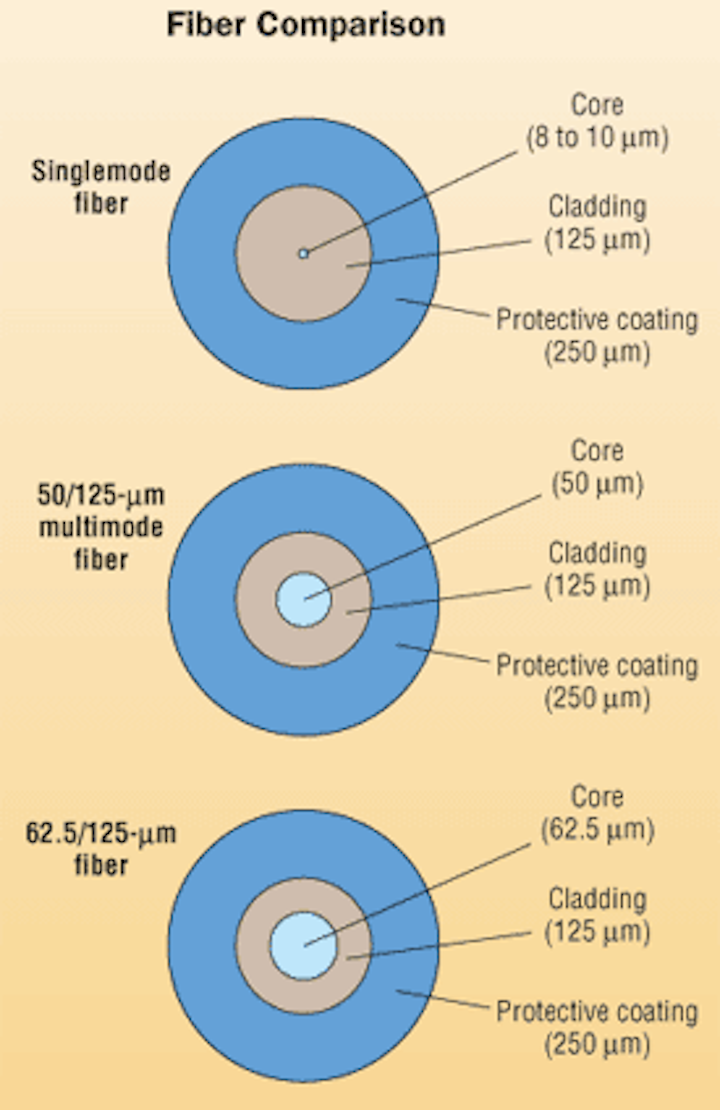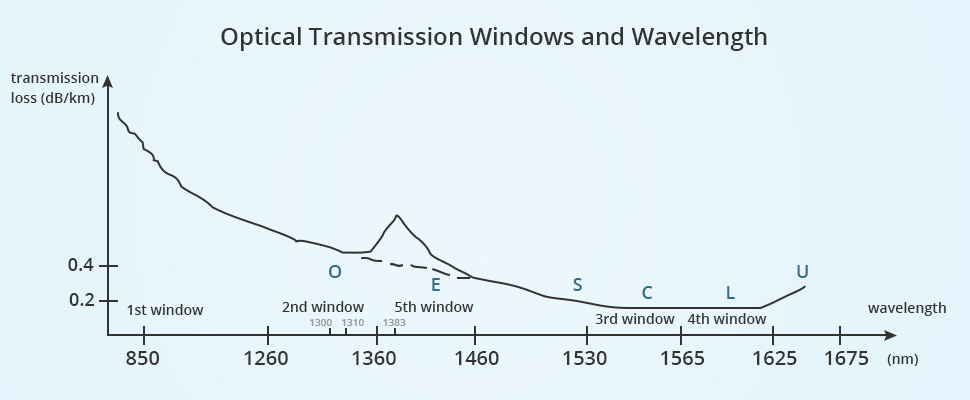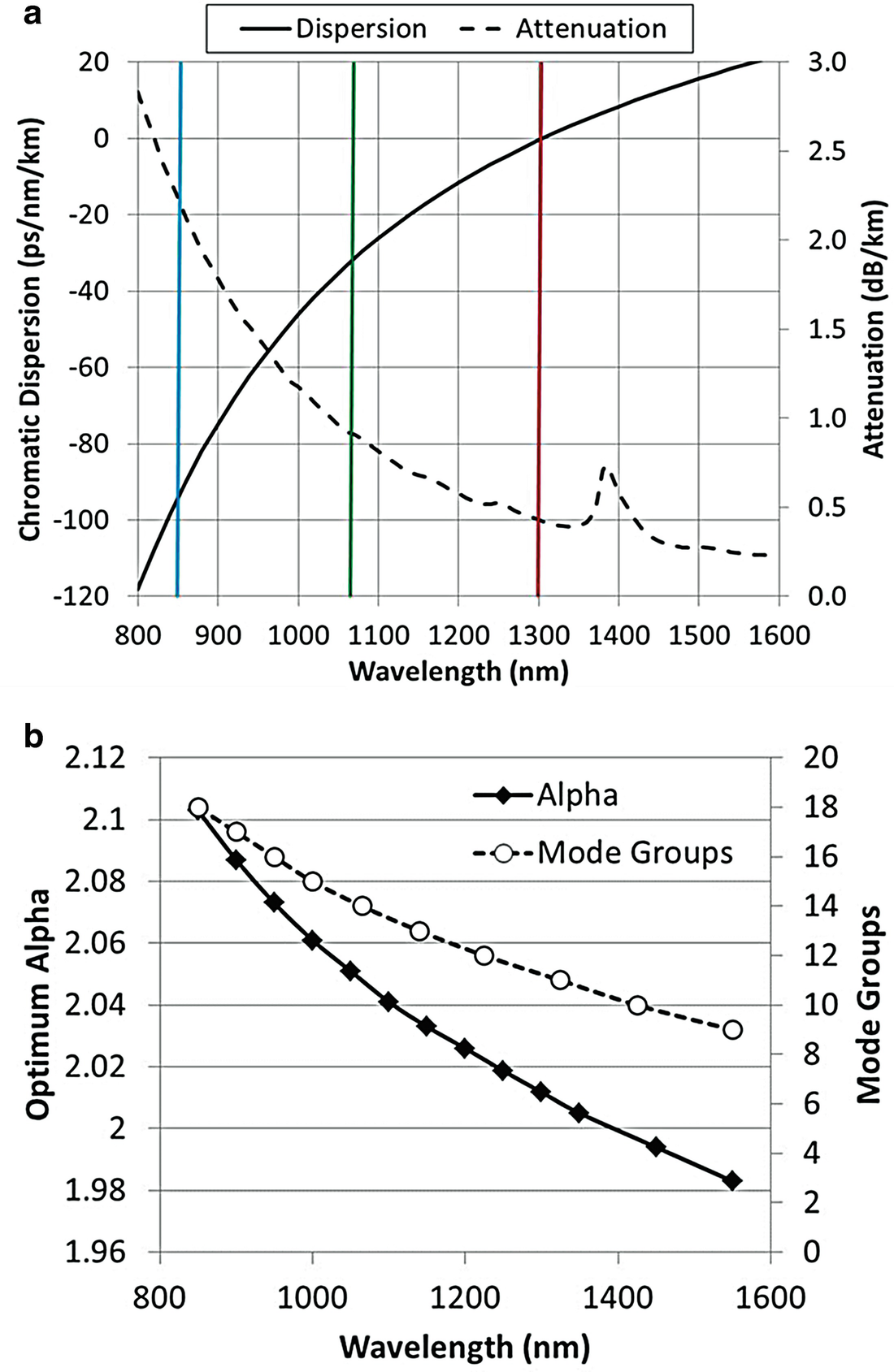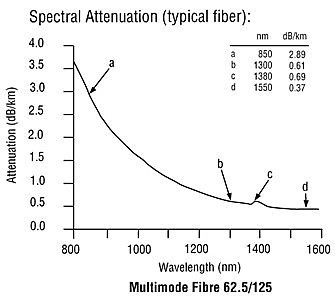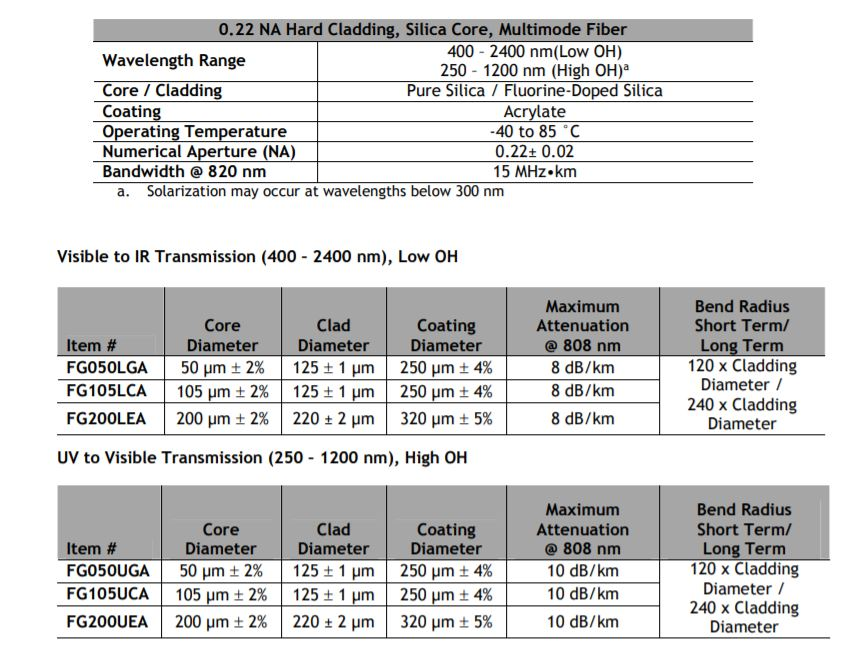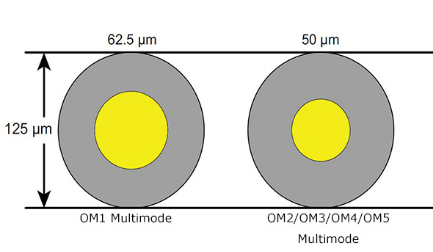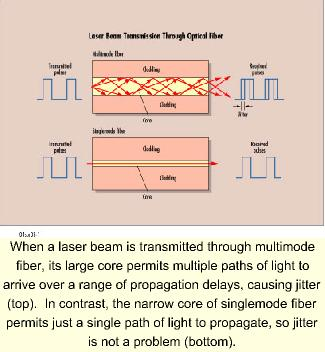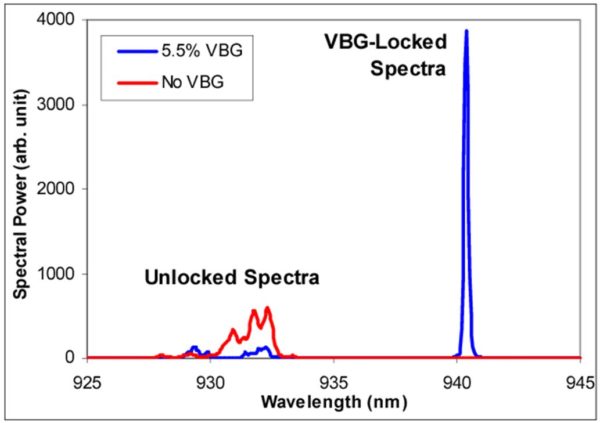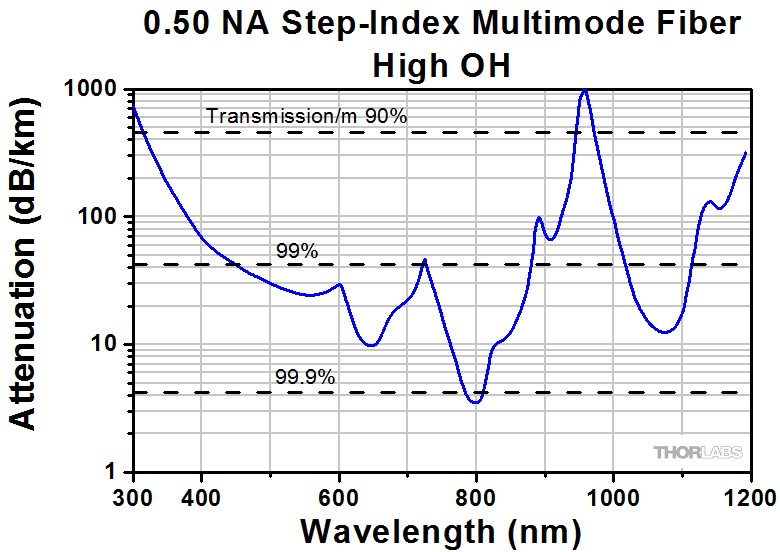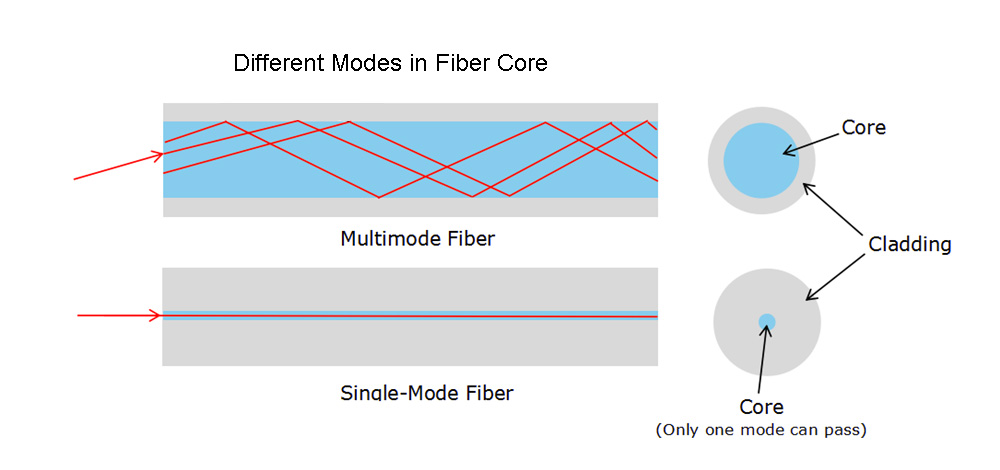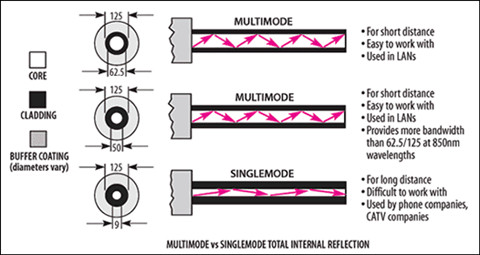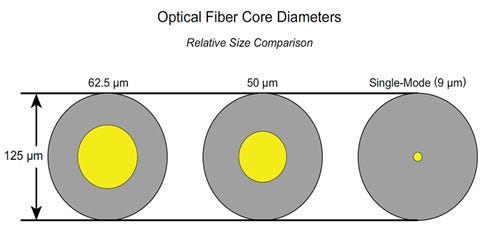Multi mode optical fiber is a type of optical fiber mostly used for communication over short distances such as within a building or on a campus.
Multimode fiber wavelength range.
Om is abbreviated for optical multimode and it is specified by the iso iec 11801 international standard.
Multimode fiber is designed to operate at 850 nm and 1300 nm while single mode fiber is optimized for 1310 nm and 1550 nm.
The devices combine or separate light at different wavelengths in a wide wavelength range.
The r series of wavelength stabilized single mode and multimode laser diodes offer narrow wavelength spectrum in wavelengths from 633nm thru 1064nm.
For example a ø50 µm core 0 39 na multimode fiber at a wavelength of 1 5 µm has a v number of 40 8.
For convenience and simplicity of use the module is mounted inside.
The core element of each detector is a fiber coupled hermetically sealed microwave detector module.
Wavelengths typically range from 800 nm to 1600 nm but by far the most common wavelengths actually used in fiber optics are 850 nm 1300 nm and 1550 nm.
For multimode fiber which has a large v number the number of modes supported is approximated using the following relationship.
A note on safety the final note is on safety.
Wdm can use the full range of wavelengths between 1260 and 1670 nm in various bands.
Due to the large core size of multimode fiber some low cost light sources like leds light emitting diodes and vcsels vertical cavity surface emitting lasers that works at the 850nm and 1300nm wavelength are used in multimode fiber cables.
Multimode fiber is designed to operate at 850 and 1300 nm while singlemode fiber is optimized for 1310 and 1550 nm.
While the single mode fiber often uses a laser or laser diodes to produce light injected into the cable.
Multi mode links can be used for data rates up to 100 gbit s.
Multimode fibers have very large v numbers.
Package options range from components as basic as a to 56 or 14 pin bf packaged diodes to oem modules including electronics to ul ce and iec certified turn key systems.
Multi mode fiber has a fairly large core diameter that enables multiple light modes to be propagated and limits the maximum length of a transmission link because of modal dispersion.
Of course these four types of multimode fiber have different specifications as shown in the following.
Unlike the complex classifications of single mode fiber multimode fiber is usually divided into four types of om1 om2 om3 om4.
The rxm series of ultrafast receivers includes multimode and single mode fiber coupled photoreceivers with wide wavelength ranges.
Multimode fiber optic cable has a larger core typically 50 or 62 5 microns that enables multiple light modes to be propagated.
Look closely at the first drawing above.
